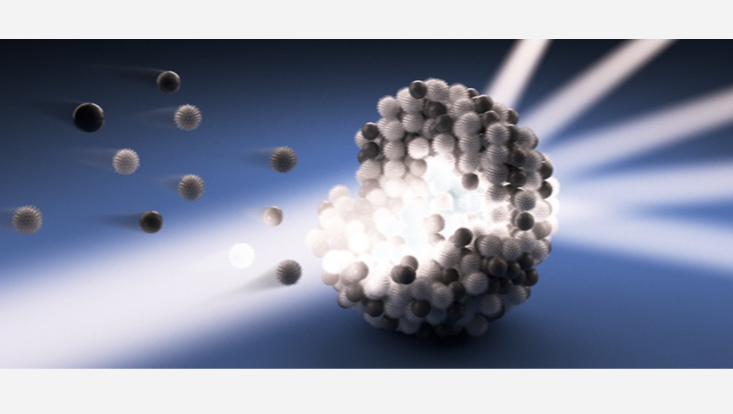and Natural Sciences
LUCENT

Photo: Chris Hohmann (LMU)
The aim of LUCENT is to gain a structural understanding of photoactive nanoparticles during synthesis in solution. In addition, a few nanometer-thin films are investigated under operando conditions. To achieve these goals, we combine defined synthesis methods based on novel chemical, analytical and theoretical concepts with an improved X-ray beam geometry of P07 and with synchronized data acquisition.The project focuses on the complex dynamics and chemistry of metal clusters and nanoparticles, which is key to control stability, reactivity and significantly influences electron and energy transport.
electron and energy transport. A photo-electrochemical cell has already been designed for the nanofilms, which is suitable for observing photocatalytic water splitting. We now intend to apply this method to technically significant multilayer film structures. The operando experiments require simultaneous data acquisition from the SAXS and TS X-ray detectors involved. We have already set up a real-time display of the SAXS and TS data extracted from the raw data. Now this Python environment should also establish the time synchronization of the LED light sources with the two X-ray detectors, so that finally time-resolved measurement series during synthesis or illumination are possible.
